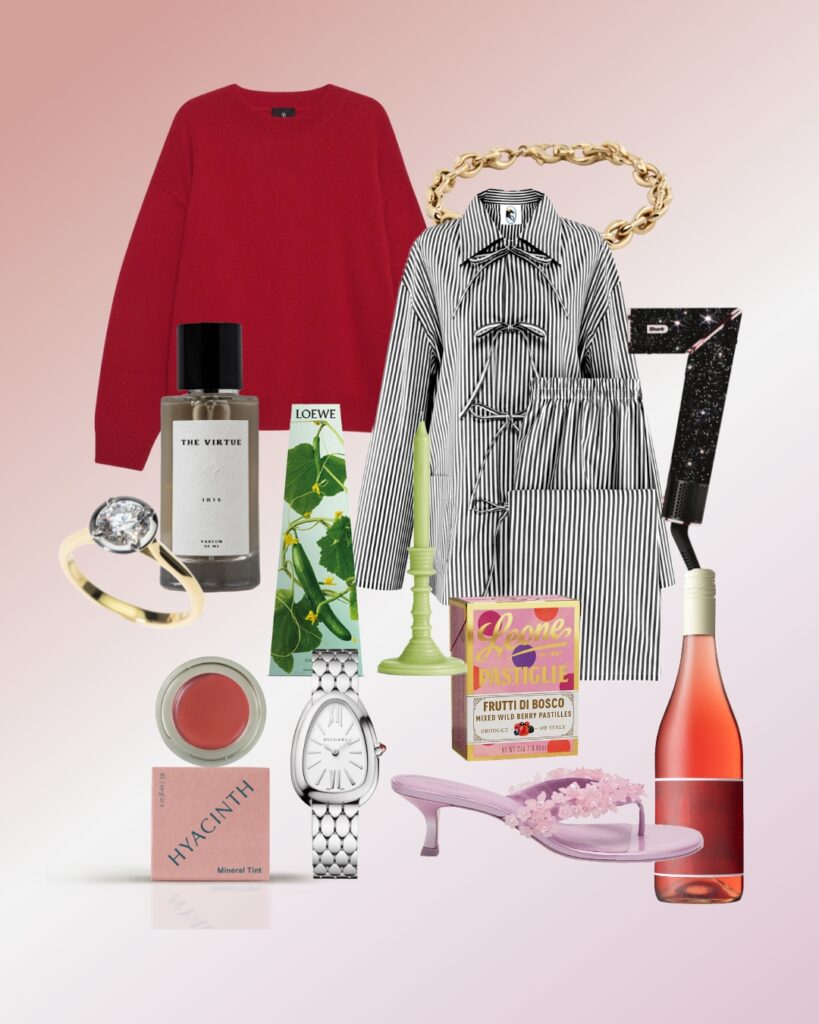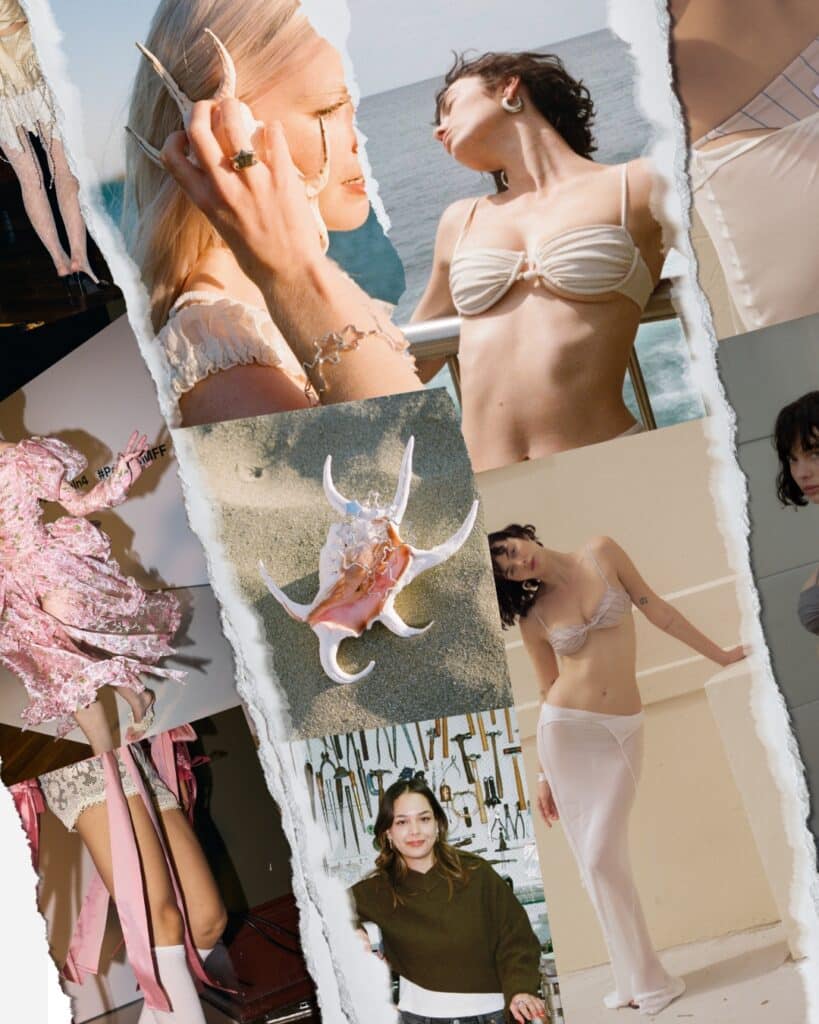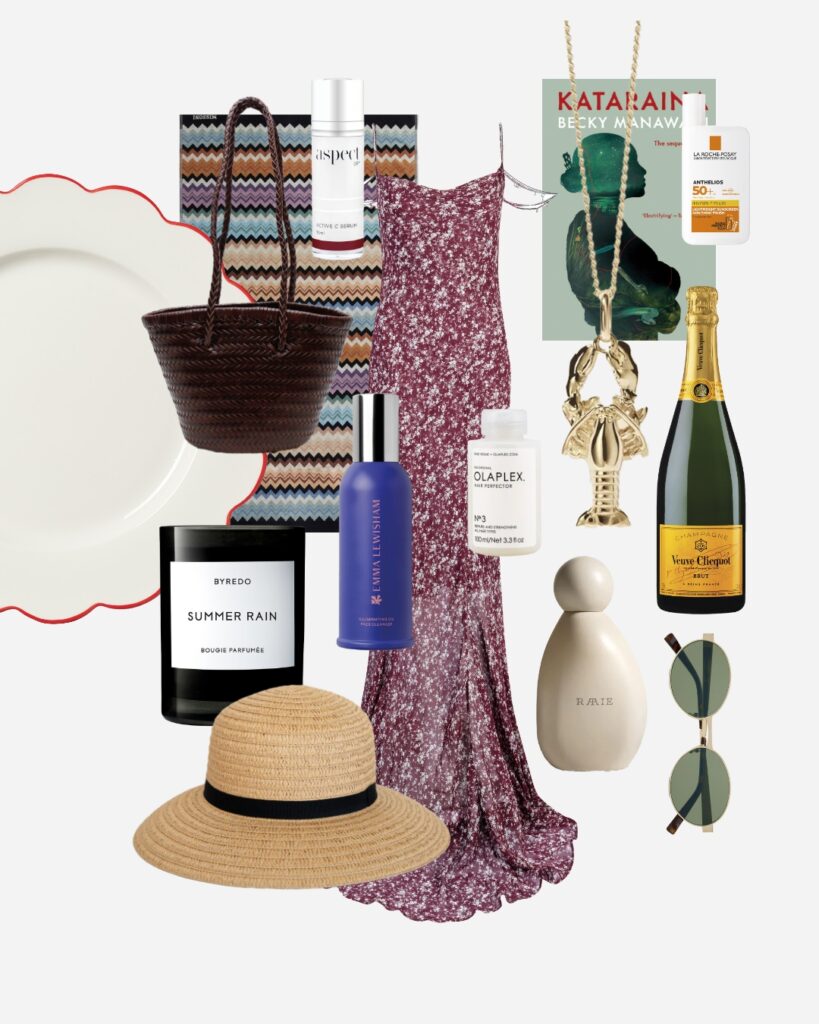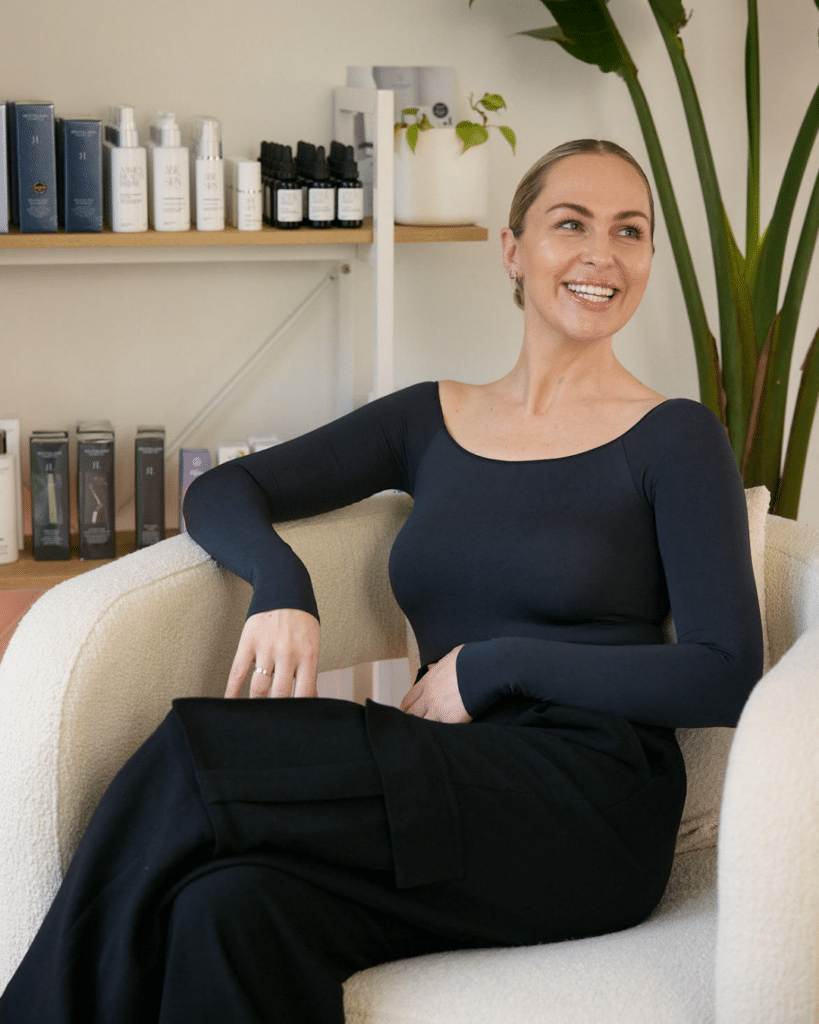
She looks good for her age,” is a phrase still thought of as a compliment. It’s usually well-meant, and said with no small amount of awe, because we know that trying to keep ageing at bay requires work. Of course, it really points to the way we view age, resting as it does on the assumption that looking good and being old are mutually exclusive.
The tide is turning. It may have started as far back as 2013 with Ari Seth Cohen’s influential street style blog, Advanced Style, devoted to “capturing the sartorial savvy of the senior set”. The shift was underlined when Phoebe Philo featured the late, great author Joan Didion in a Celine ad campaign in 2015. The octogenarian was photographed looking typically cool wearing the fashion house’s giant black shades-of-the-moment. It was a canny move that not only respected the creative talent and style of the author, but also reflected the mores of the affluent group who could best afford Celine’s clothes: older women.
Now, on the fashion and beauty landscape, we’re seeing more older women allowed to look their age. Of course, that doesn’t mean that tweakment menus will disappear overnight (nor would many women want them to) and I don’t imagine that we’ll all be trying to achieve laughter lines sooner than they naturally appear. Fresh-faced youth will always be appreciated for the wonder it is, but as populations get older (the median age in the US reached a record high of 38.9 in 2022) we are beginning to appreciate the benefit of holding age in similar esteem.


I like Diane von Furstenburg’s approach. The legendary fashion designer has no truck with any kind of negative spin on ageing. She posts swimsuit selfies that are not about lighting and posing but celebrating life and… swimming. “Ageing is a proof of living,” she told actor, comedian and producer Julia Louis-Dreyfus, when she was interviewed for her podcast, Wiser Than Me. Von Furstenburg suggests changing up key phrases to help alter our perspective: “First of all the word ageing. I would change the word ageing and say living… So instead of how old are you, people should say how long have you lived… Automatically it changes everything.”
Actor, organic farmer and model Isabella Rossellini knows a thing or two about the beauty industry’s approach to ageing. In ‘Wisdom of Age’, her latest campaign for Lancôme, she talks about being asked to return to the beauty giant who let her go at 43 because she no longer fitted the youthful dream they wanted to convey. “The dream changed,” says a celebratory Rossellini in the perfume ad. “Now women dream to be themselves. And we want to represent and celebrate all women.” Still, she admits, not everyone’s on board quite yet. Rossellini recently took to Instagram to ask the fashion industry to wise up: “Growing old has many advantages (for me greater freedom) but I am still searching in (sic) fashion industry for examples of not how to fight age and look younger than I am, but to embrace my future.”
“The industry is learning that mature women want to buy great clothes, they want to look awesome and they have money to spend.”

Her post appeared hot on the heels of a contentious Vogue cover featuring the original supermodels. Alongside general carping about the unexciting clothes they wore came a greater dismay: the women looked airbrushed. According to Vogue there was only “minimal retouching and minimal lighting” on the photographs.”We all know that Linda Evangelista (58), Cindy Crawford (57), Christy Turlington (54) and Naomi Campbell (53) possess a rare beauty that has never been presented as widely attainable.
But Vanessa Friedman, fashion director of The New York Times, hit the nail on the head: “Fixing a wrinkle here, some crow’s-feet there, may seem like a little thing. But it’s part of what chips away at our shared sense of truth.”
As Frances Shoemack, founder of natural fragrance company Abel, says, “I don’t know that it’s particularly helpful for any of us to see women that don’t look like they’ve aged.” Four years ago, she was searching for visual inspiration for Pause, a natural fragrance aimed at bringing confidence and sophistication to the perimenopausal stage of womanhood. “We had a lot of trouble even pulling together the mood board,” says Shoemack. “There were very few women of age – mature women – visible online.” But in those four years things have changed, even the way women speak about themselves. Menopause, for instance, is no longer something whispered about but a topic of the moment, with books, podcasts and television shows offering help and advice.
There’s relief in such openness and honesty. Think of the grey hair movement that gathered momentum during Covid, when women couldn’t get their hair coloured at a salon. Now that we see it more frequently, it’s become just another hair colour (and often considered the smarter choice) rather than a sign of “letting things go”. “I want to see lines and expression,” says Shoemack. “On our Pause mood board there are quite a few women not smiling, which for me is a bit of a commentary on the fact that we shouldn’t have to smile… It’s a chemical thing: we are wired to please people until we go through menopause and then we lose that. What an incredible thing to come out the other side of!”
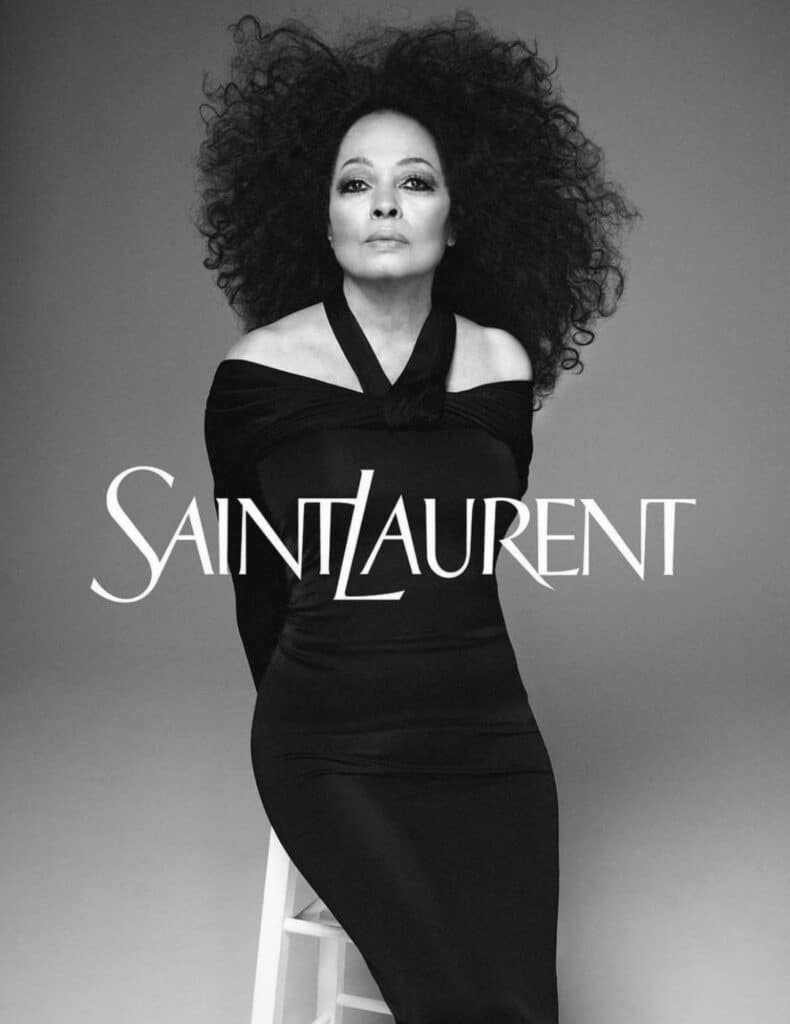
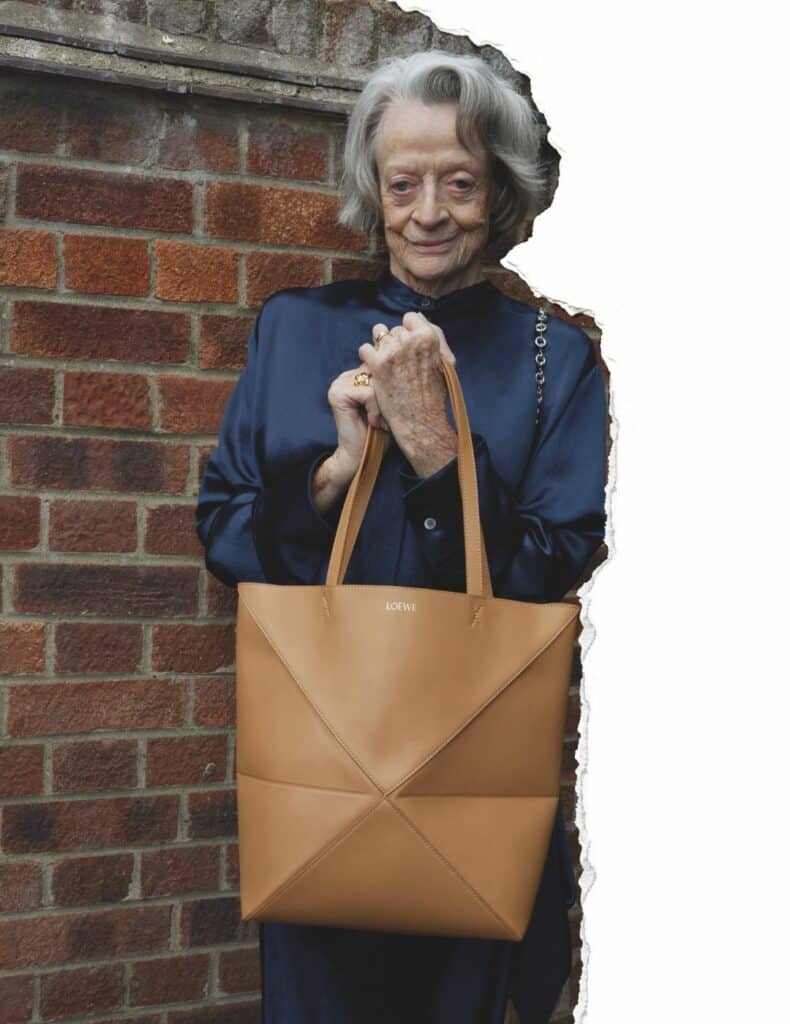
Lucy Vincent, founder of Sans Ceuticals, the skin and haircare company that focusses on pure ingredients, has pinpointed another factor in the mix: “The way that we see older women is often through the lens of sexual beauty,” she says. “That’s why women feel this need to maintain youth. We need more positive concepts of embracing and celebrating the next passage, if you like. It’s a much deeper and richer presence than the external shell. In terms of how it is conveyed in an image, it’s through individual character and amplifying the best parts, rather than going down a path of tweaking and derailing all those glorious things we earn along the way.”
Beauty is beauty regardless of age: that’s the ethos at clean beauty brand, Aleph. Fittingly, their products work on skin of all ages. “We do need to be proud of moving through time,” says founder Emma Peters. “To try and ignore that or peddle backwards is a little bit like living in fear.” Aleph has come up with a phrase that explains their approach. “We call it proactive ageing,” says Peters. She talks about championing the choice for women to age as they like. “Because there’s a huge opportunity for us, especially with scienti!c advancements in plant-based actives… to guide the way we age. I’ve heard whispers in the industry of late; how as a whole the industry under-represents the older age bracket. I do think there’s a movement against that.”
For multi-generational New Zealand clothing brand Kowtow, a broad representation of womanhood is essential. “Reflecting our community is really part of our DNA,” says managing director Emma Wallace. See their website for proof. Wallace is positive that change is underway across the board, even if only because it makes commercial sense: “The industry is learning that mature women want to buy great clothes, they want to look awesome and they have money to spend.” While she says such change is “coming off decades of holding youth as the only aspirational model for women”, the next step involves encouraging all types of age to be celebrated. “If we can allow maturity to express itself in the diversity that we are allowing other societal elements and groups to be able to do,” says Wallace, “that would be freeing and amazing.” Having come this far, it’s not about ageing to fit anybody’s blueprint but your own.
Words: Samantha Murray Greenway
Images: Launchmetrics.com/spotlight & supplied


